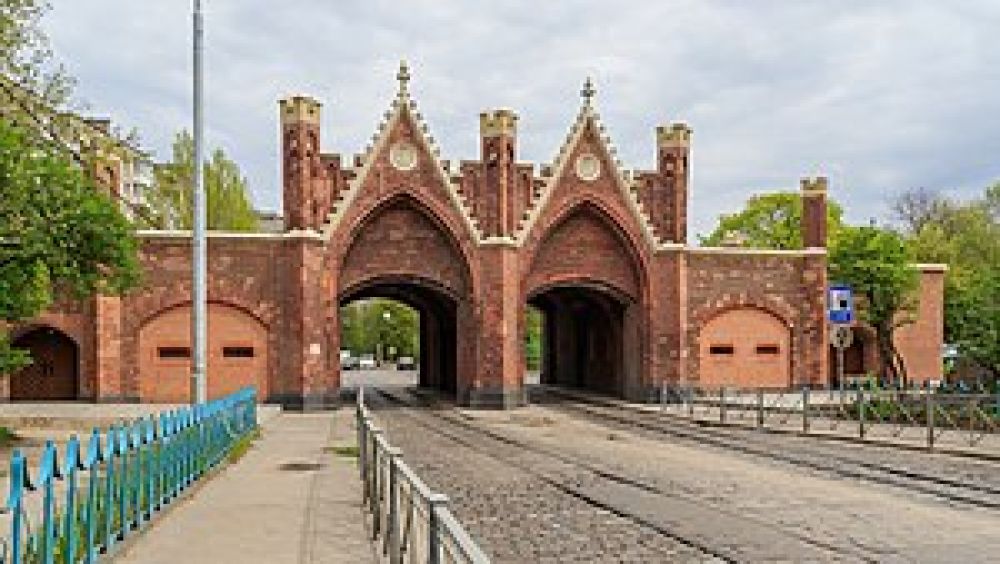

Kaliningrad, formerly known as Königsberg when it was part of East Prussia, is a city steeped in history and has undergone significant changes over the centuries. One of the city's most notable historical monuments is the Brandenburg Gate. This gate is not to be confused with the famous Brandenburg Gate in Berlin; Kaliningrad's Brandenburg Gate is one of the several city gates that remain from the time the city was part of Germany.
The Brandenburg Gate in Kaliningrad was constructed in the mid-19th century, around 1657, and served as one of the several city gates during the Prussian era. It was named after the nearby Brandenburg province in Prussia. Unlike many other buildings in Königsberg, the Brandenburg Gate was not destroyed during World War II and has endured as a historical structure.
Following World War II, Königsberg was annexed by the Soviet Union and renamed Kaliningrad. For many years, the city was closed to international tourists due to its strategic military importance. However, after the dissolution of the Soviet Union, Kaliningrad opened up and began to welcome tourists, eager to explore its unique blend of German and Soviet history.
Tourism in Kaliningrad has seen a gradual increase, with interest particularly piqued by its historical sites such as the Königsberg Cathedral, the Curonian Spit, and, of course, the Brandenburg Gate. The city's distinct Germanic architectural remnants, coupled with Soviet-era buildings, make for an intriguing destination for history enthusiasts.
In recent years, eco-tourism and cultural tourism have gained popularity in Kaliningrad. Visitors are now more interested in exploring the region’s natural preserves, such as the pristine Curonian Spit, as well as participating in cultural experiences that highlight the city's tumultuous past and its rebirth as a Russian enclave.
The use of technology has also influenced the tourism trend, with virtual tours and augmented reality experiences bringing Kaliningrad's history to life. The local government has recognized these trends and has been taking steps to further develop the local infrastructure, making the city more accessible and appealing to a wider range of international tourists.
Additionally, visa-free travel for short stays has been introduced for several countries, simplifying entry procedures and attracting more visitors to the region.
Despite the evolving tourism landscape, the Brandenburg Gate remains a steadfast symbol of Kaliningrad’s historical complexity, resonating with both domestic and international travelers. The maintainance and preservation of this iconic monument is of great importance for the continuation of the city's tourism growth.
The Brandenburg Gate in Kaliningrad is a remarkable example of historical endurance. It speaks to a time gone by and serves as a bridge between the city's Prussian past and Russian present. As Kaliningrad continues to develop its tourism sector, the Brandenburg Gate stands as a testament to the city's resilience and the enduring interest in its multifaceted history.